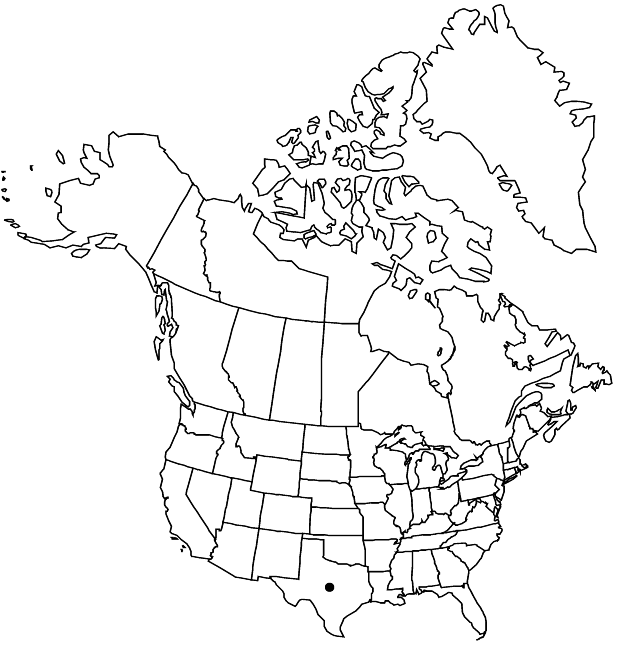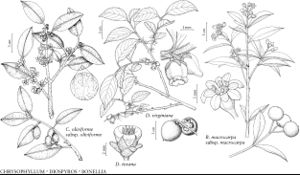Difference between revisions of "Diospyros texana"
Linnaea 22: 145. 1849 ,.
FNA>Volume Importer |
imported>Volume Importer |
||
| (One intermediate revision by the same user not shown) | |||
| Line 7: | Line 7: | ||
}} | }} | ||
|common_names=Black persimmon;chapote | |common_names=Black persimmon;chapote | ||
| + | |special_status={{Treatment/ID/Special_status | ||
| + | |code=F | ||
| + | |label=Illustrated | ||
| + | }} | ||
|basionyms= | |basionyms= | ||
|synonyms={{Treatment/ID/Synonym | |synonyms={{Treatment/ID/Synonym | ||
| Line 49: | Line 53: | ||
|publication title=Linnaea | |publication title=Linnaea | ||
|publication year= | |publication year= | ||
| − | |special status= | + | |special status=Illustrated |
| − | |source xml=https:// | + | |source xml=https://bitbucket.org/aafc-mbb/fna-data-curation/src/2e0870ddd59836b60bcf96646a41e87ea5a5943a/coarse_grained_fna_xml/V8/V8_512.xml |
|genus=Diospyros | |genus=Diospyros | ||
|species=Diospyros texana | |species=Diospyros texana | ||
Latest revision as of 22:44, 5 November 2020
Shrubs or trees, to 15 m. Bark light reddish gray, smooth and flaking. Leaves tardily deciduous; petiole 0.1–0.5 cm; blade dark green and glossy adaxially, obovate, 2–5 × 1–3 cm, thick, apex rounded to emarginate, abaxial surface tomentose, without basilaminar glands. Inflorescences solitary flowers or 2–3-flowered cymes, borne on twigs of previous season. Flowers 0.8–1.6 cm; sepals 5; petals 5; stamens usually 16; anthers dehiscent by subapical slits; pistillate flowers without staminodes; styles usually 4, connate for most of their lengths; ovary pubescent. Berries black, not glaucous, subglobose, 1.5–2.5 cm diam., pubescent. Seeds light red, trianguloid, ca. 0.8 cm. 2n = 30.
Phenology: Flowering Feb–Mar; fruiting Aug.
Habitat: Open woodlands of bottomlands, prairie margins, rocky hillsides
Elevation: 0-1800 m
Distribution

Tex., Mexico (Chihuahua, Coahuila, Nuevo León, Tamaulipas).
Discussion
Brayodendron, based on Diospyros texana and segregated because of its apically dehiscent anthers, lack of staminodes, and coherent styles, can hardly stand up within a worldwide view of the Ebenaceae. As well as being eaten by people and wildlife, the fruits also are used in dying. The heartwood turns dark sooner than in D. virginiana; the small size of the stems limits its use.
Selected References
None.
